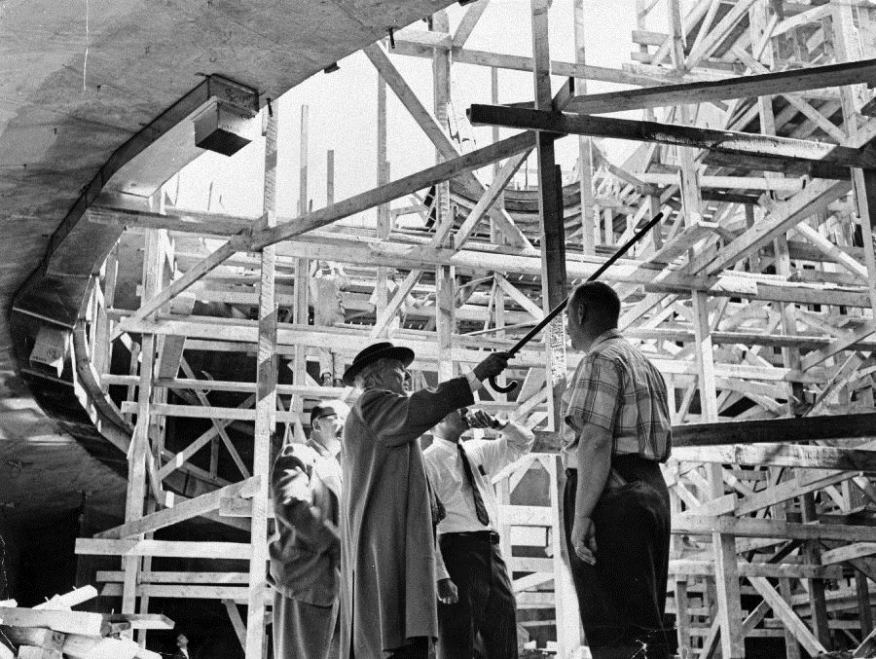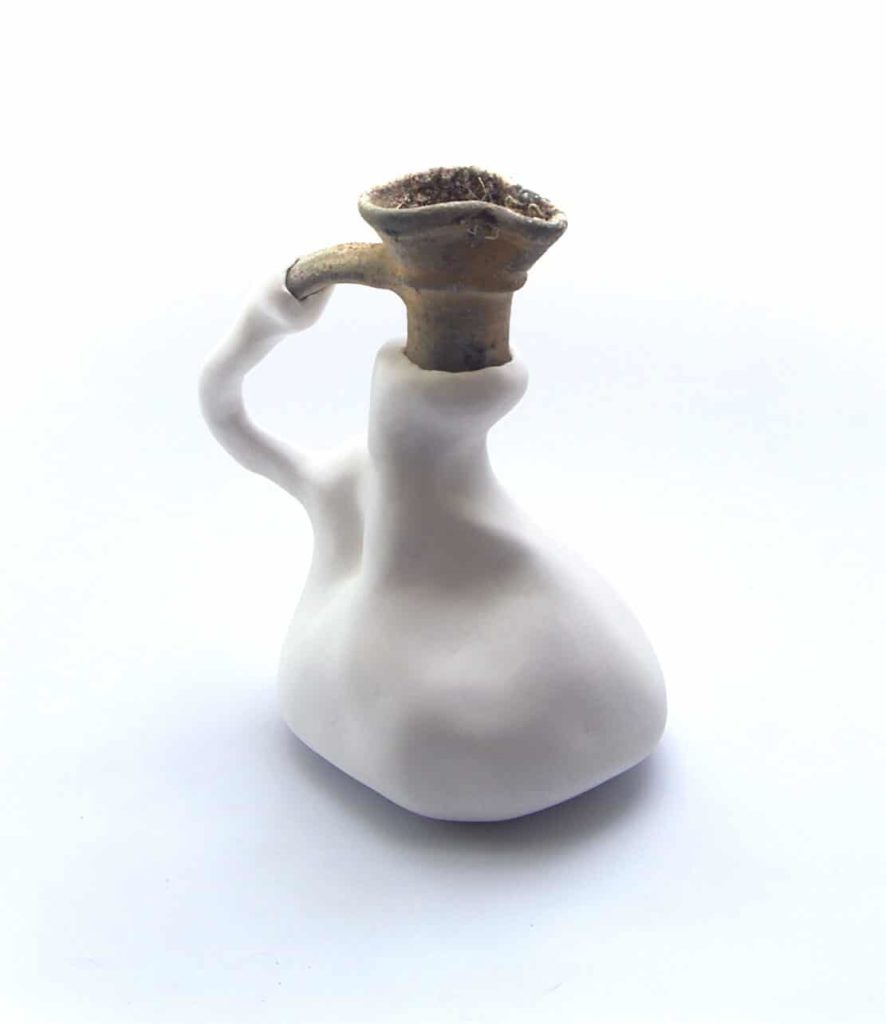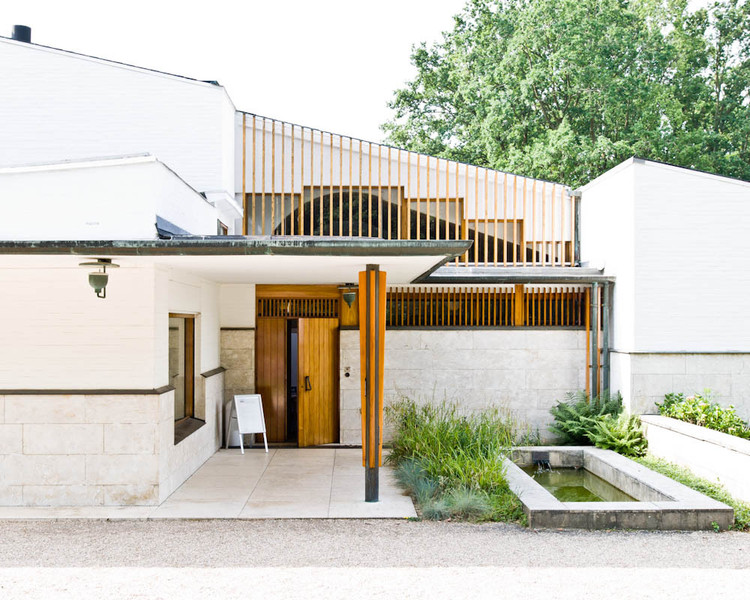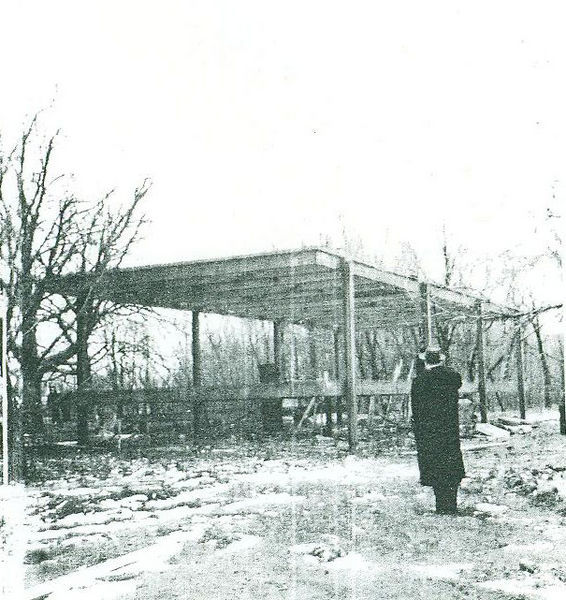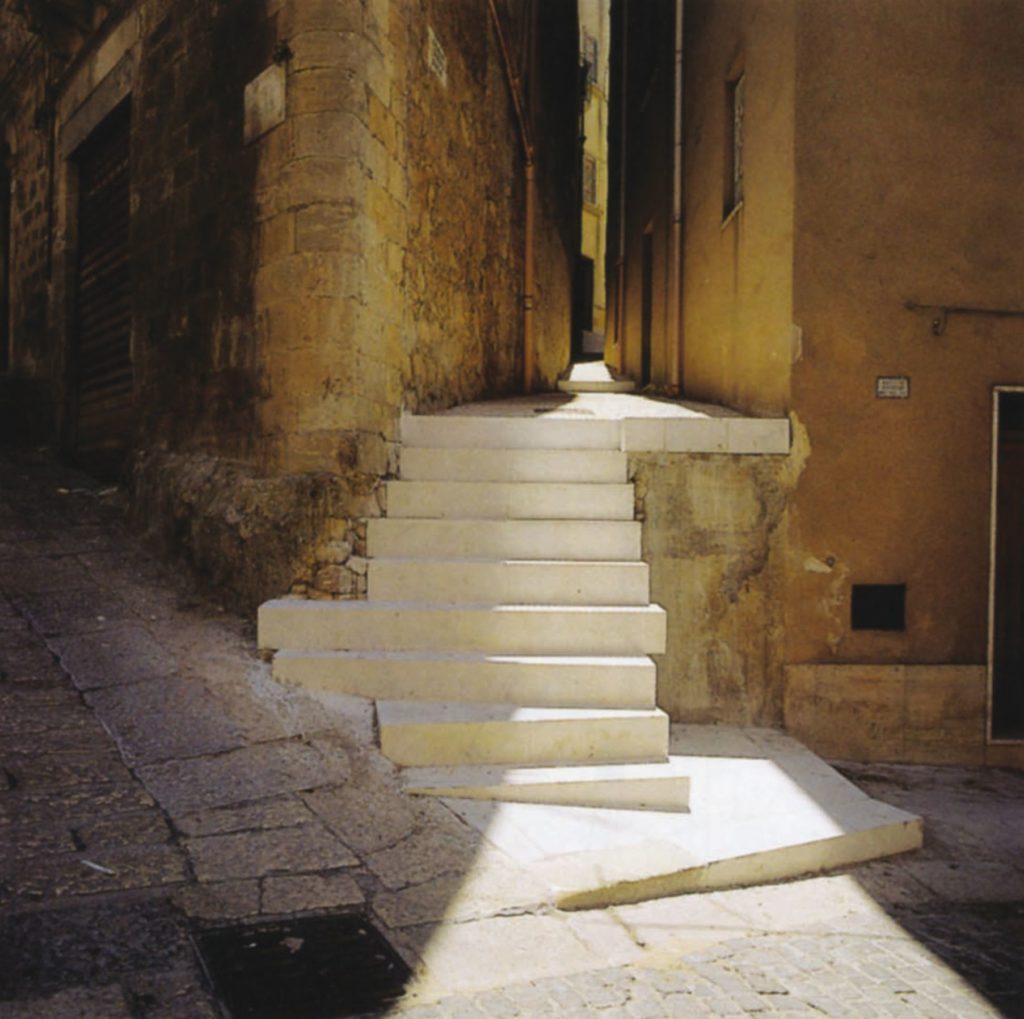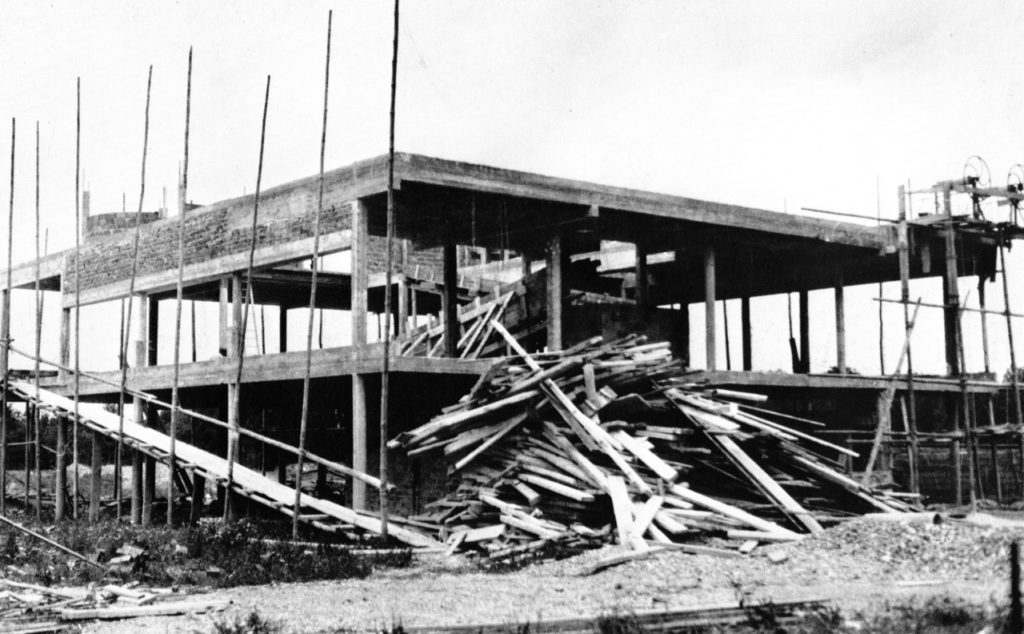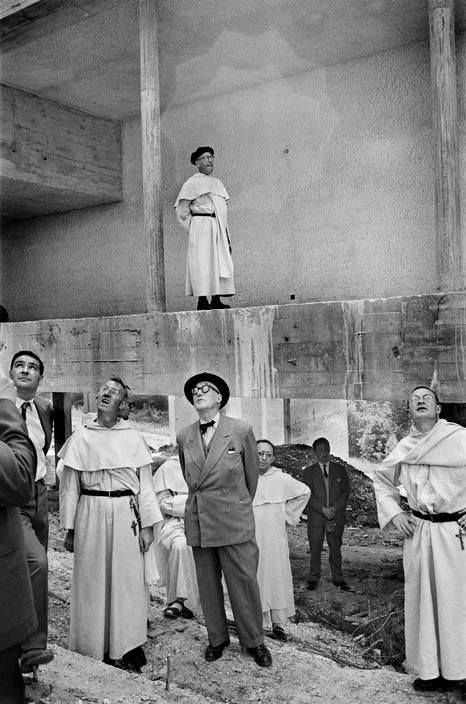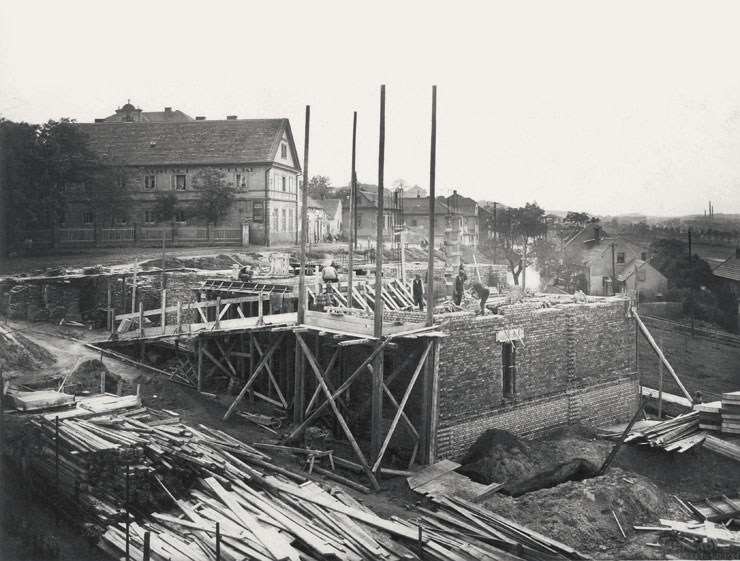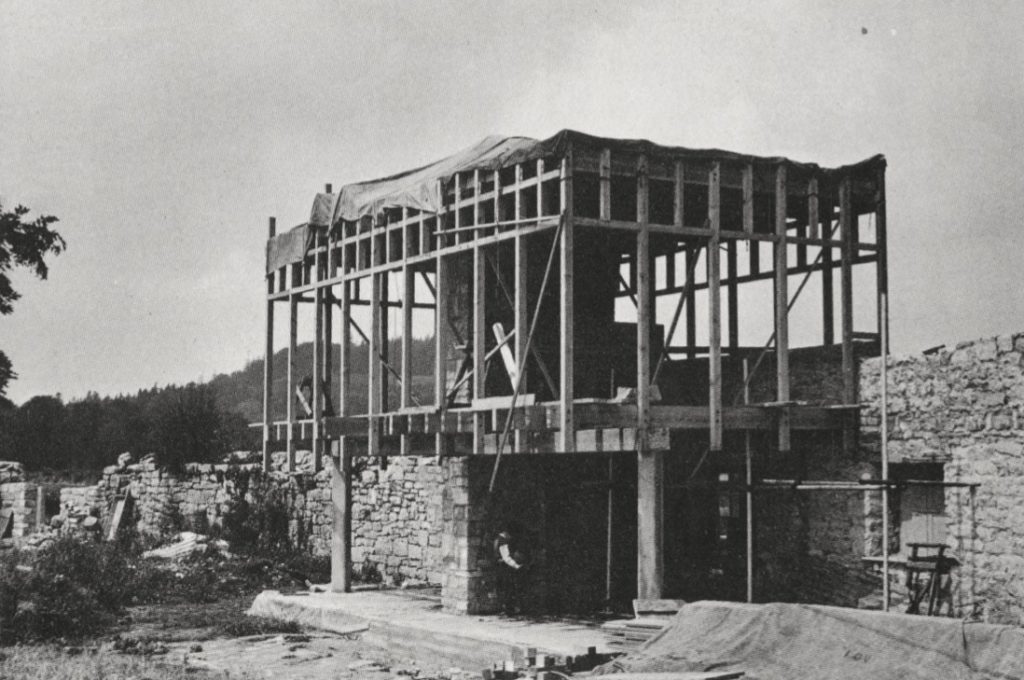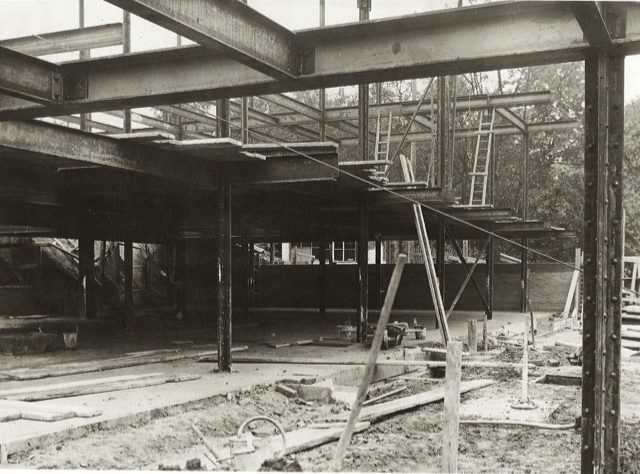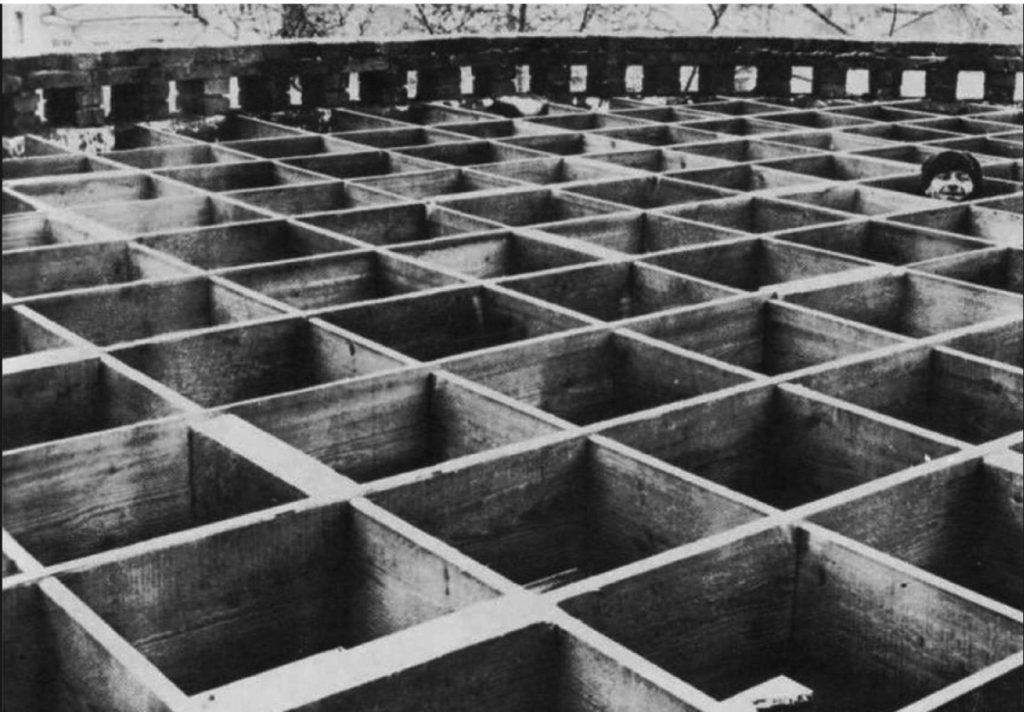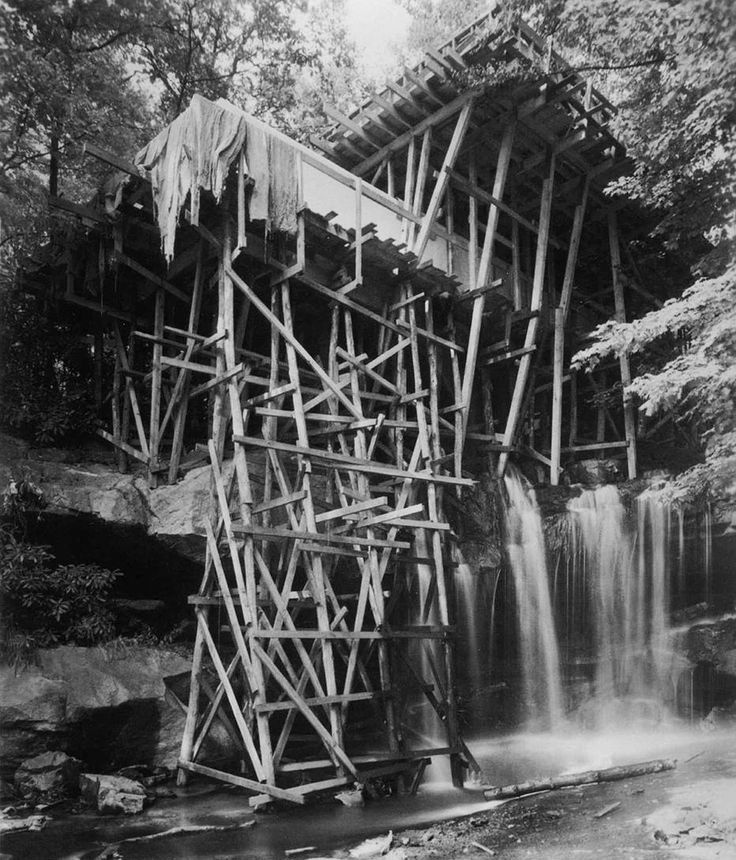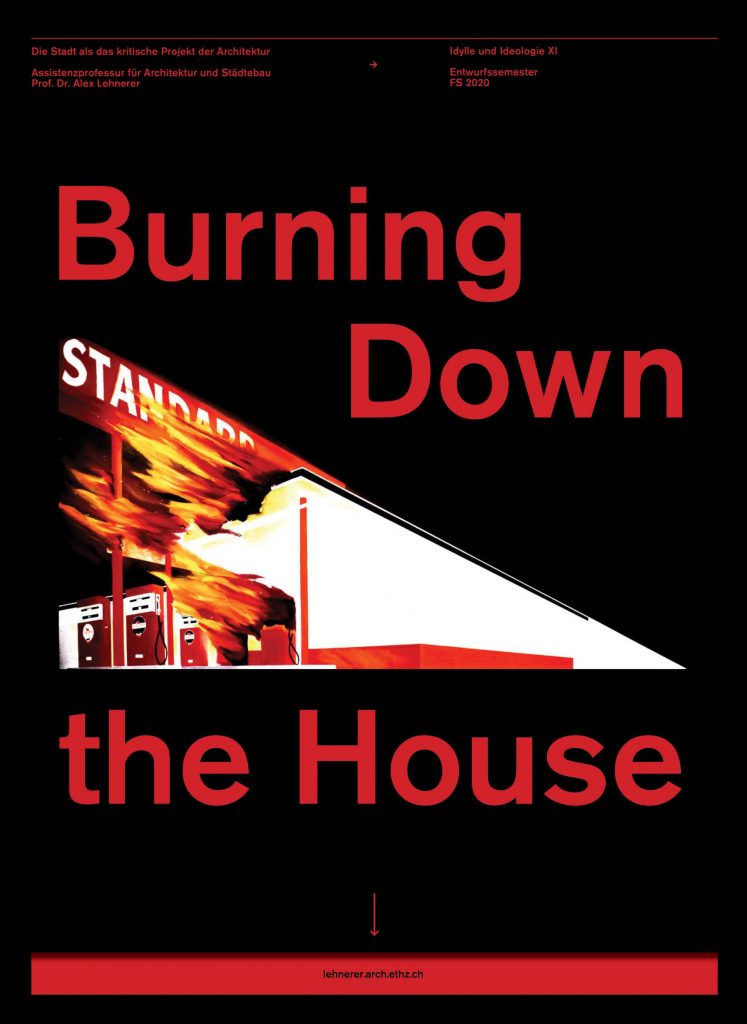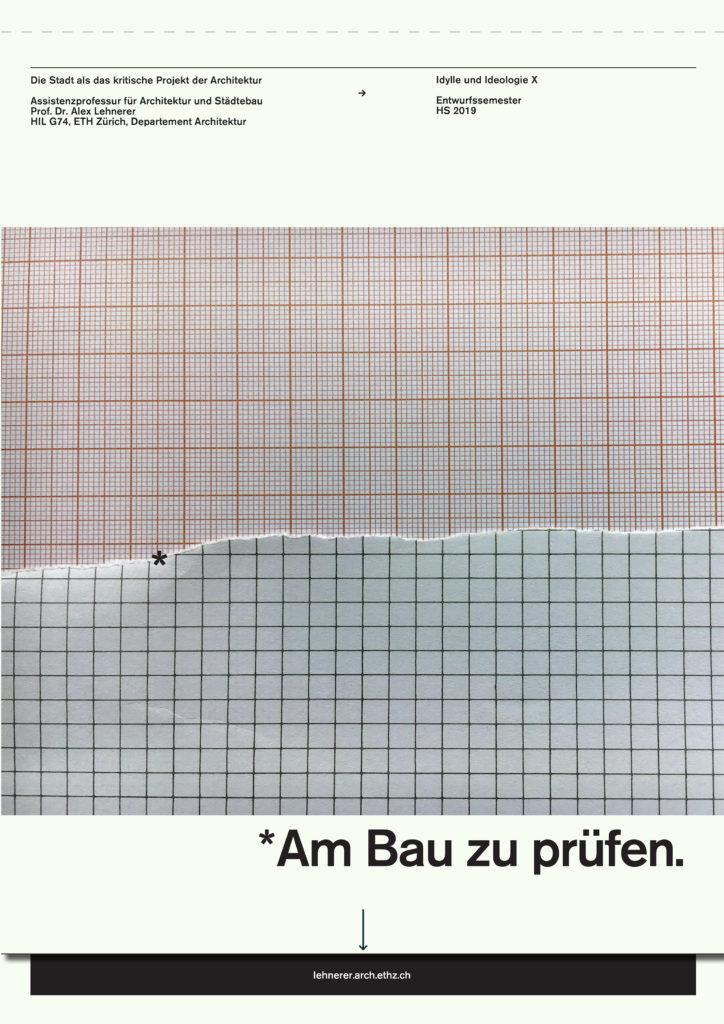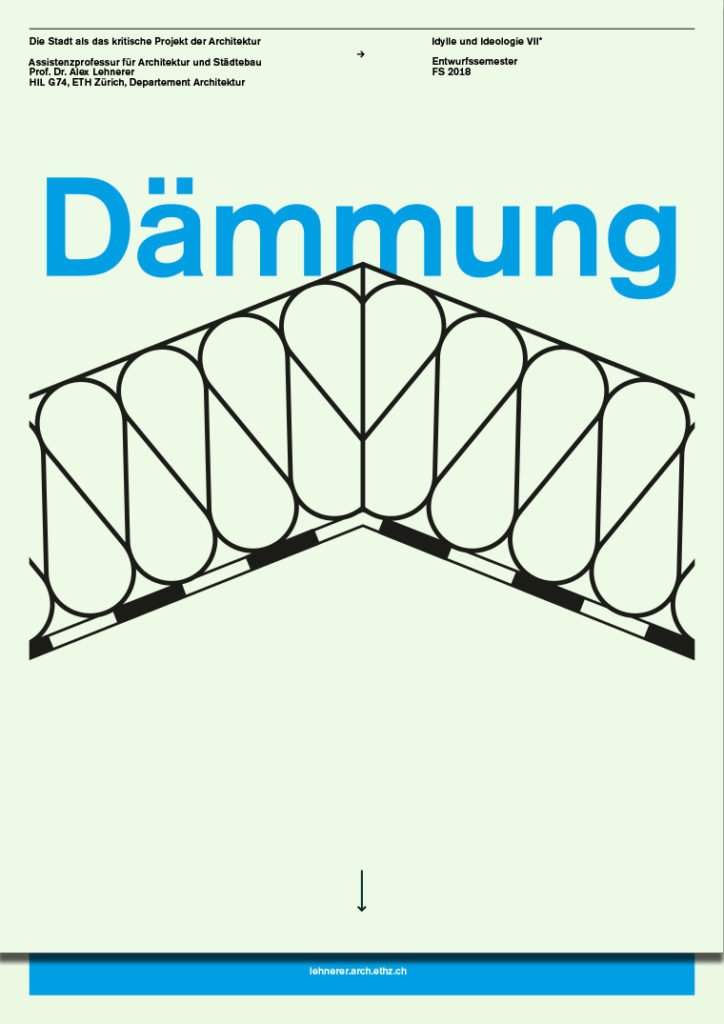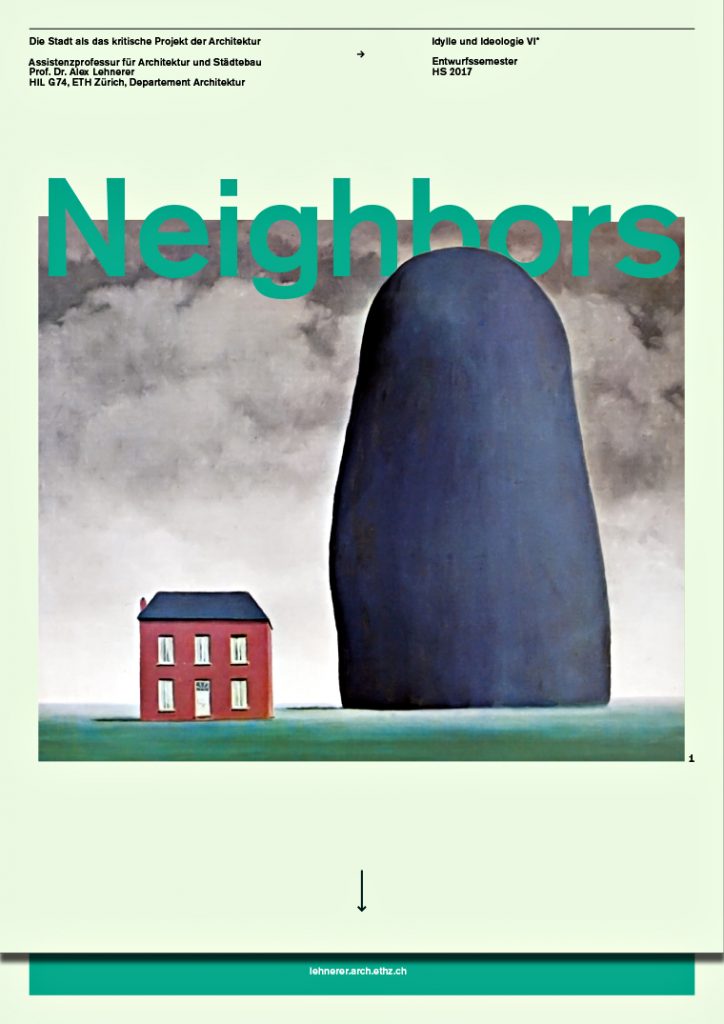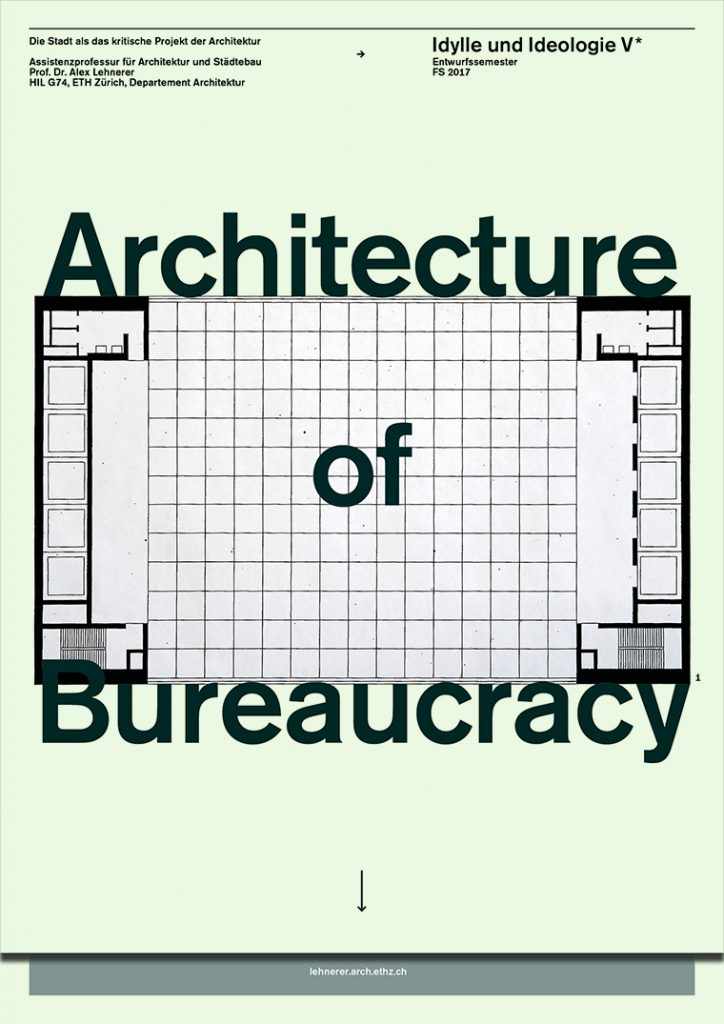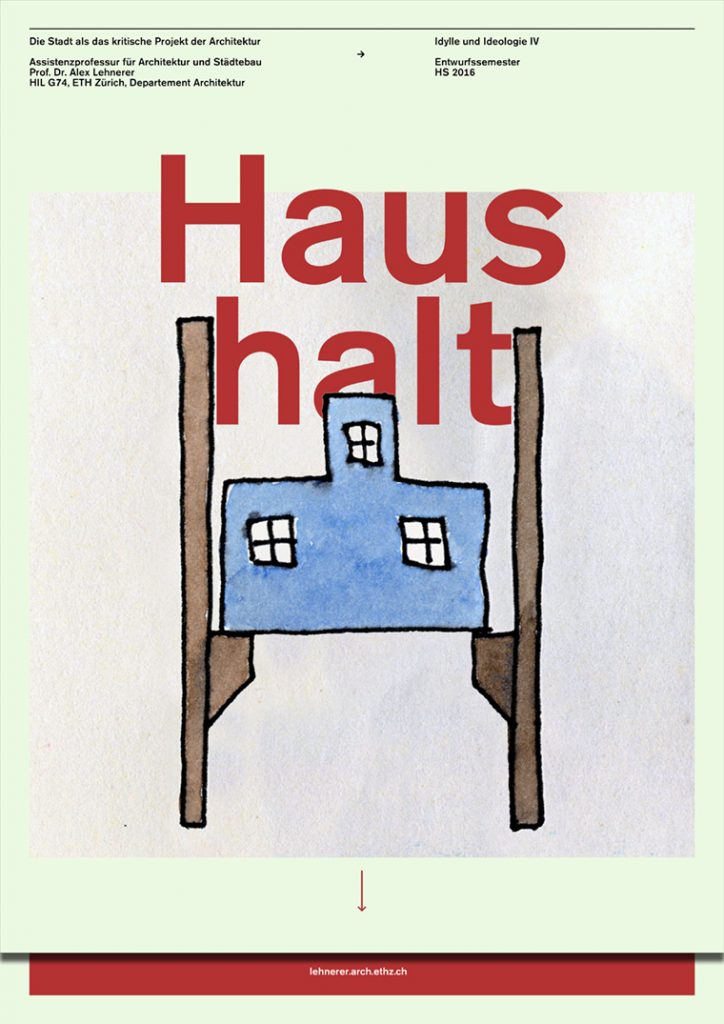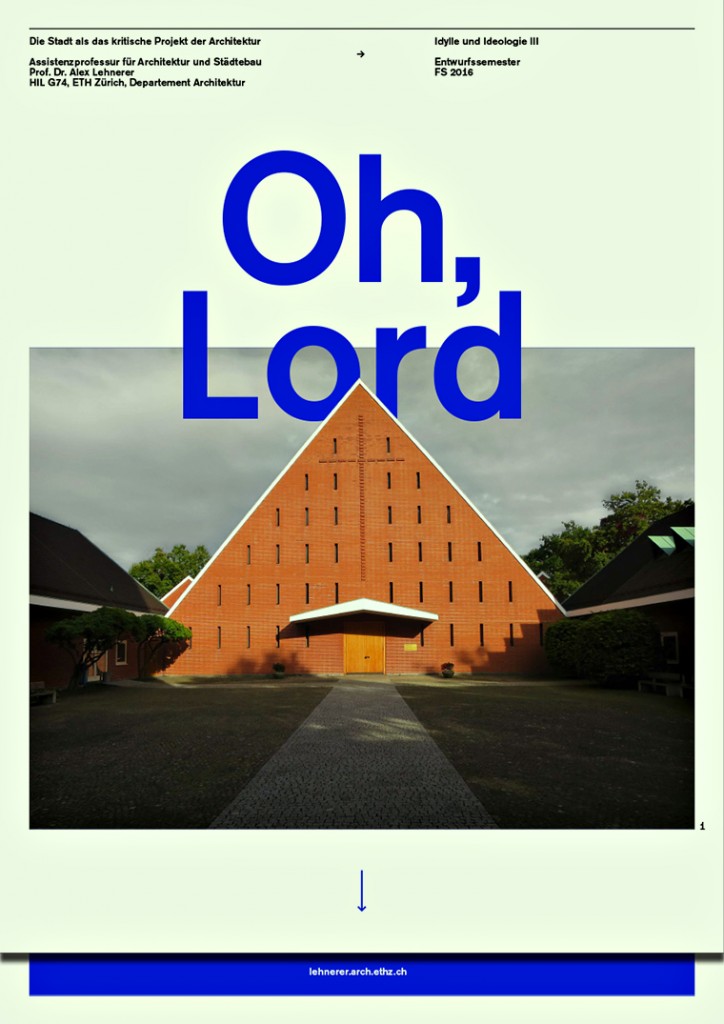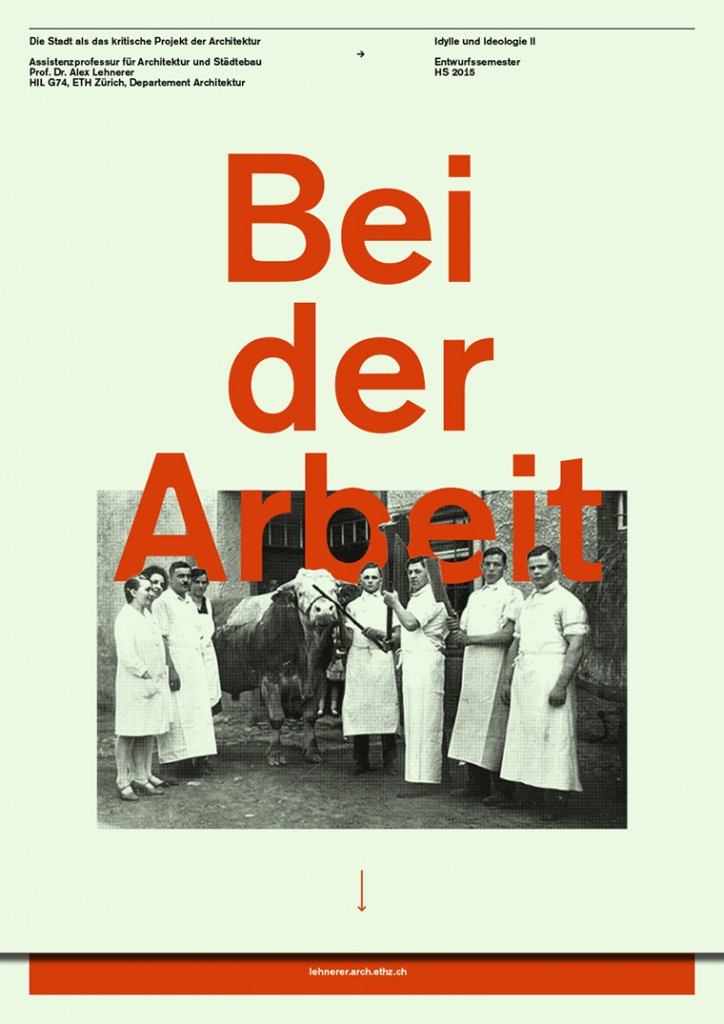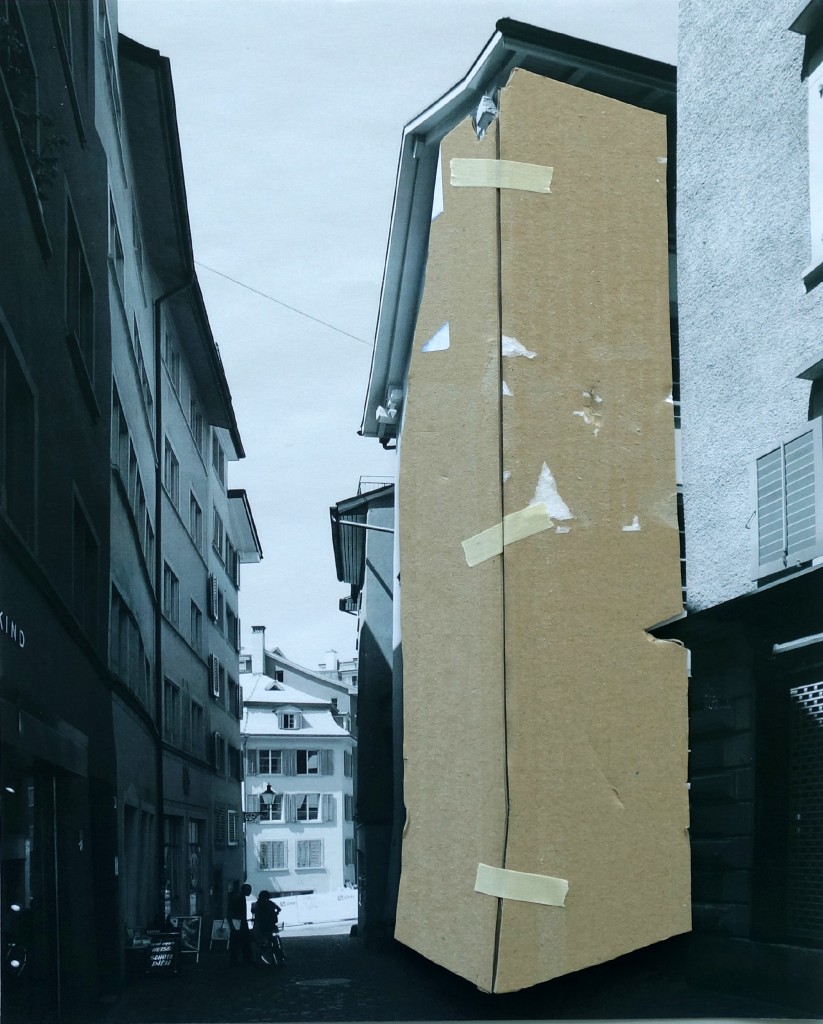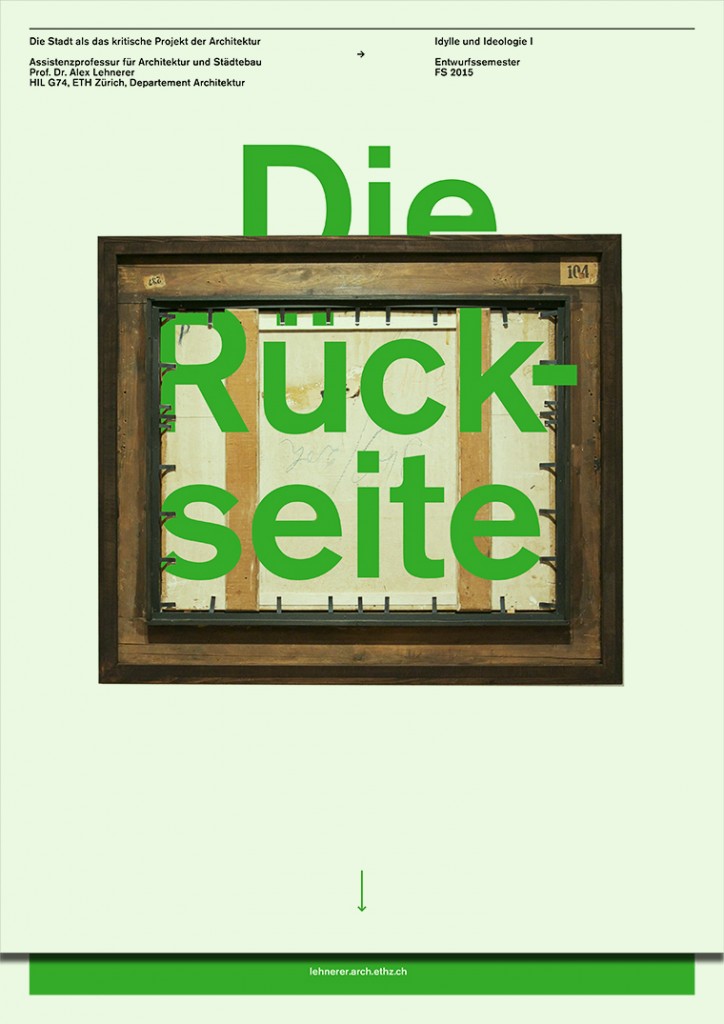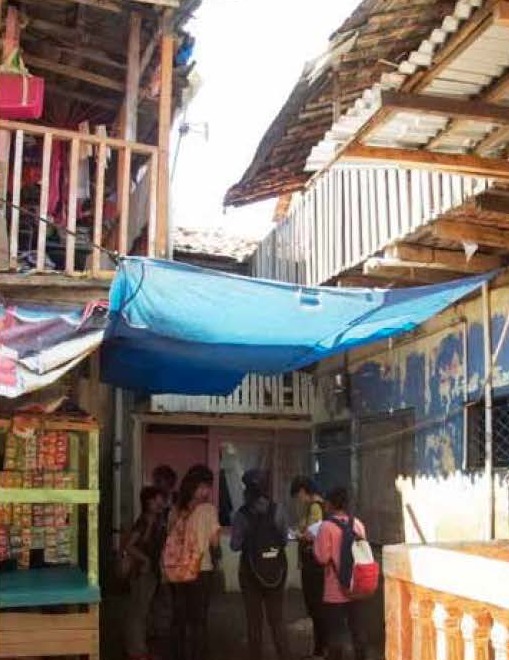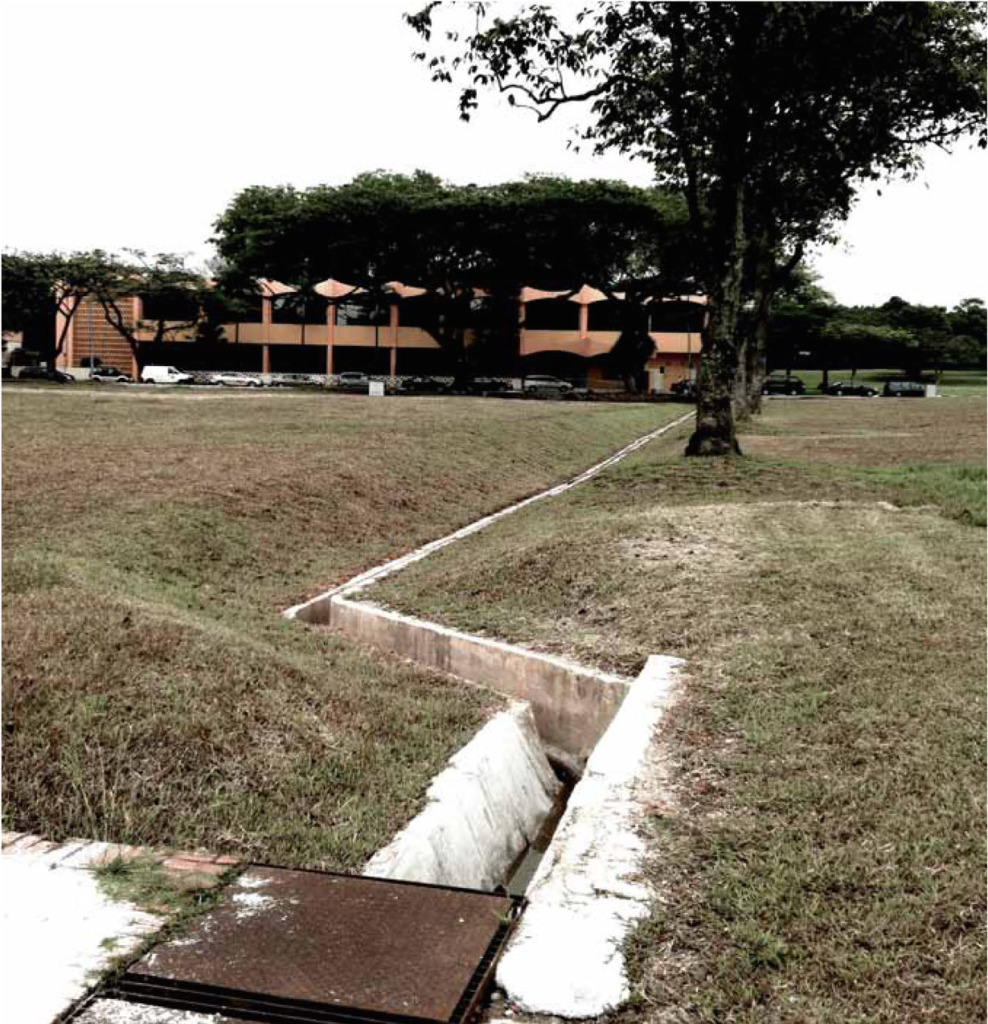Studio HS 19: Am Bau zu Prüfen—Idylle und Ideologie X
Am Bau zu prüfen.
—Die Schönheit des Spalts
Material hat Eigenschaften. Es ist rau, glatt, durchsichtig. Manchmal glänzend. Durch seine Handhabung besitzt Material aber noch etwas viel Interessanteres. Etwas, dass nur durch Nähe zu anderen Materialien und Dingen—und nur dazwischen—zum Vorschein kommt. Und nur wenn wir nah genug rangehen, entdecken wir sie vielleicht. Es ist die Toleranz. Im Ausdruck des Spalts. Die uralte Frage unserer Disziplin. Eine tektonisch buchstäbliche, manchmal eine rhetorische. Wie fügen wir etwas, dass eigentlich nicht zusammen passt? Dabei macht erst das Fügen aus einer Eigenschaft eine Qualität, die über das Eigene hinausgeht.
Unser erwachtes Interesse an der Komposition möchten wir nun um die der Fügung erweitern. Gibt es eine Komposition des Losen, oder eine … was ist gleich das Gegenteil von lose… ? Vielleicht eine Komposition des Engen, des Passenden, des schliesslich Intoleranten?
Wir tun dies mit dem Entwurf eines Hauses, wo nicht mal die Bewohner/-innen sonderlich gut zusammen passen, an einem völlig unpassenden Ort. Wir entdecken im Machen Spalten verschiedener Grösse. Zwischen dem Nassen und dem Trockenen, dem Glatten und dem Spröden, dem Präzisen und dem Ungenauen. Schliesslich zwischen Repräsentation und Wirklichkeit. Phänomenologisch wie buchstäblich. Wir lernen, dass Präzision und Wahrhaftigkeit nicht das gleiche sind. Zumindest nicht immer. Die Moderne wurde bis zum heutig Digitalen immer präziser, intoleranter; zwangsläufig richtiger wurde sie nicht.
Fehler und Ungenauigkeiten kann man nicht konstruieren, sie passieren. Auf dem Weg zum Haus wird das Studio versuchen solche zu provozieren. Das Modell verliert seinen Anspruch der Repräsentation und wird zum Ort des Versehens. Der Bauplatz verbindet sich mit der Realität des Modells, indem wir ihn als das nehmen was er ist, allerdings im Massstab 1:10.
English Version:
Verify in Field.
—The Beauty of the Rift
Material has properties. It is rough, smooth, transparent. Sometimes shiny. But due to its handling, material has something much more interesting. Something that only comes to light through its proximity to other materials and things. Or more precisely, it exists betweenthese things. And only if we get close enough do we discover it. It is tolerance, the expression of the rift. It is the age-old question of our discipline. A question that is tectonically literal, sometimes rhetorical: How do we combine things that do not really fit together? Only joining makes a quality out of a property that goes beyond itself.
We would now like to extend our awakened interest in composition to that of contingency. Is there a composition of the loose, or a … what is the opposite of loose… ? Perhaps a composition of the narrow, of the fitting, of the intolerant?
We explore this through the design of a house in a completely inappropriate place where not even the inhabitants fit together very well. We identify and embrace gaps of various sizes and character: ruptures occurring between the wet and the dry, the smooth and the brittle, the precise and the imprecise. Finally, between representation and reality. Phenomenologically and literally. We learn that precision and truthfulness are not the same. At least not always. Up until today, modernity has become more and more precise and therefore intolerant; it has not necessarily become more correct.
Errors and inaccuracies cannot be constructed, they happen. During the design of the house, the studio will try to provoke them. The model loses its claim to representation and becomes the place of oversight. The building site connects with the reality of the model by taking the place for what it is, but on a 1:10 scale.
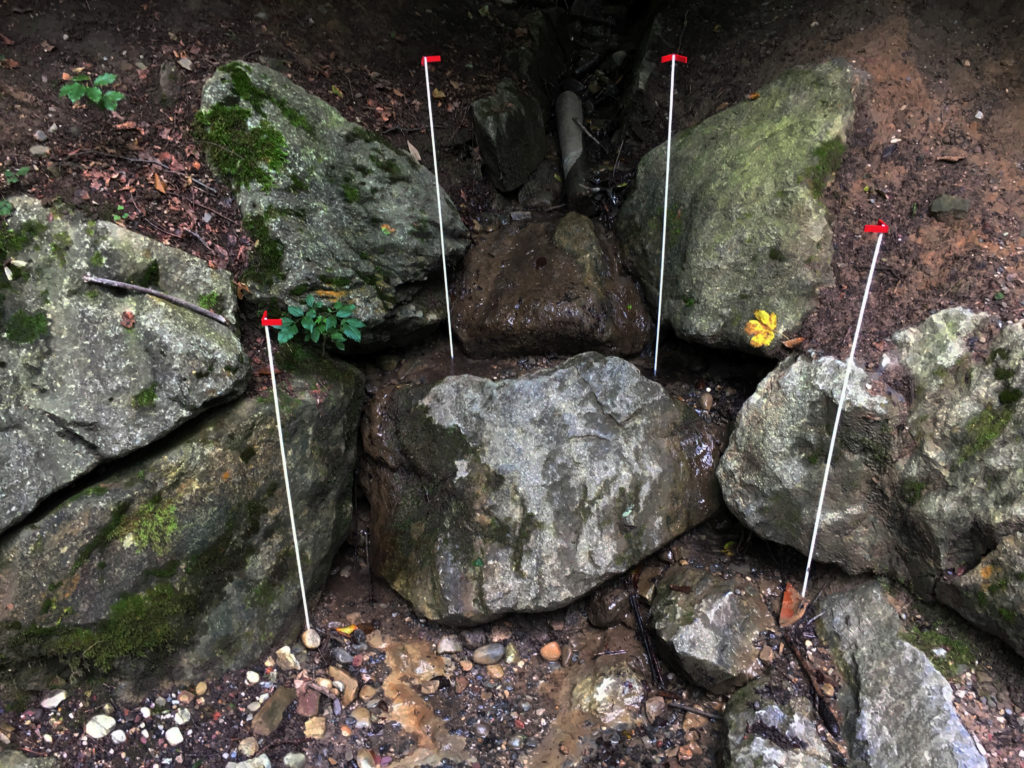
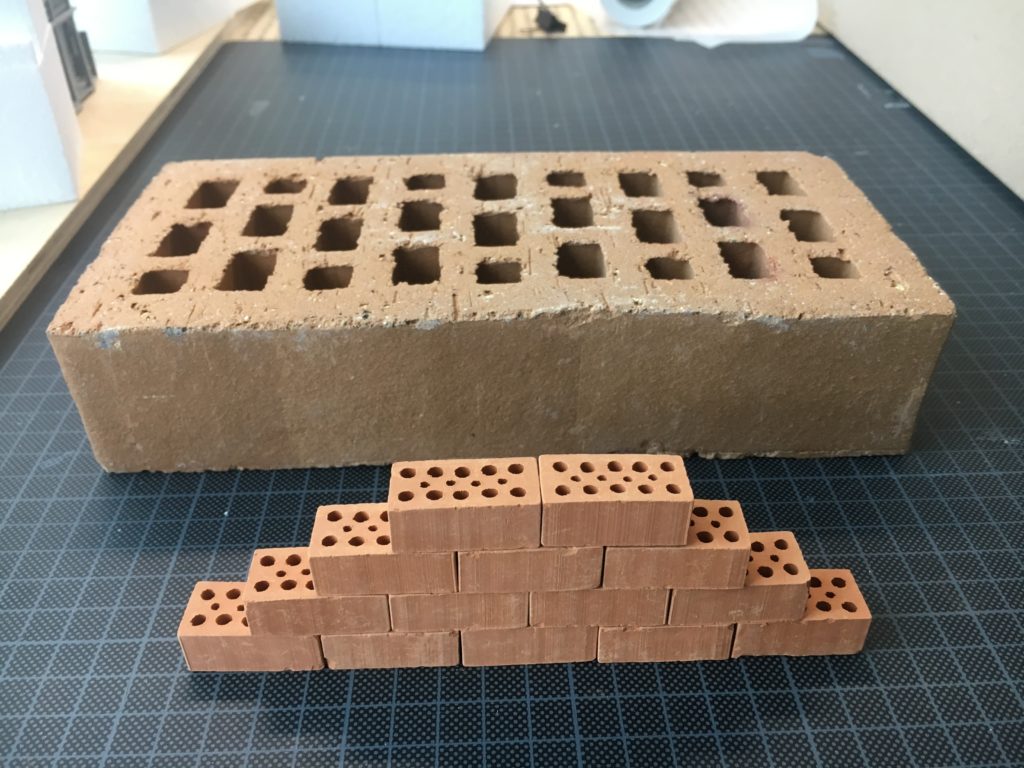
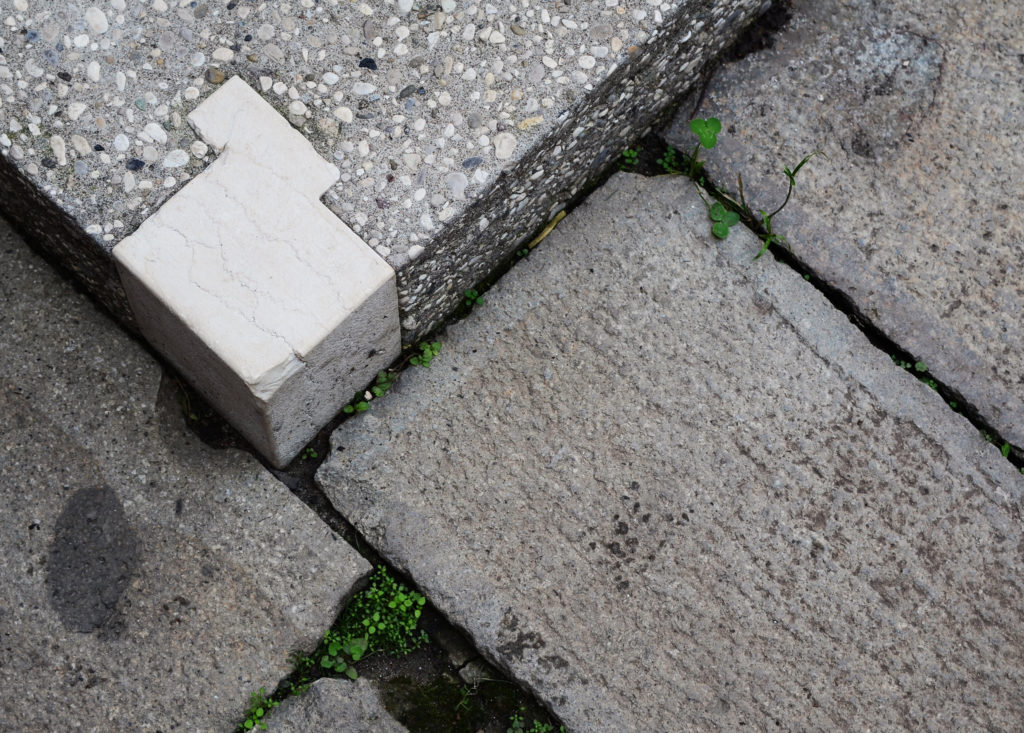

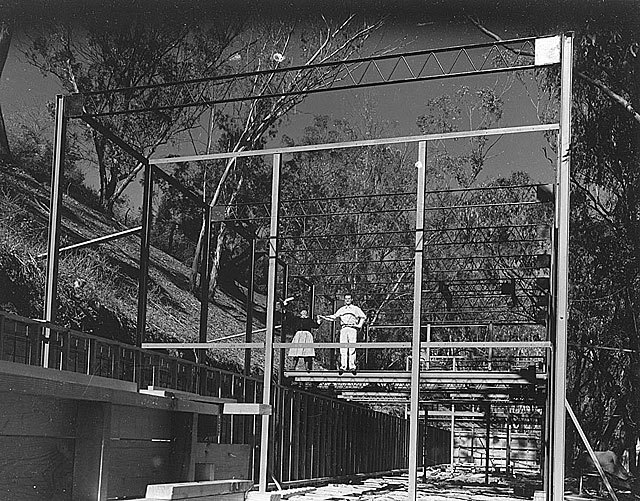
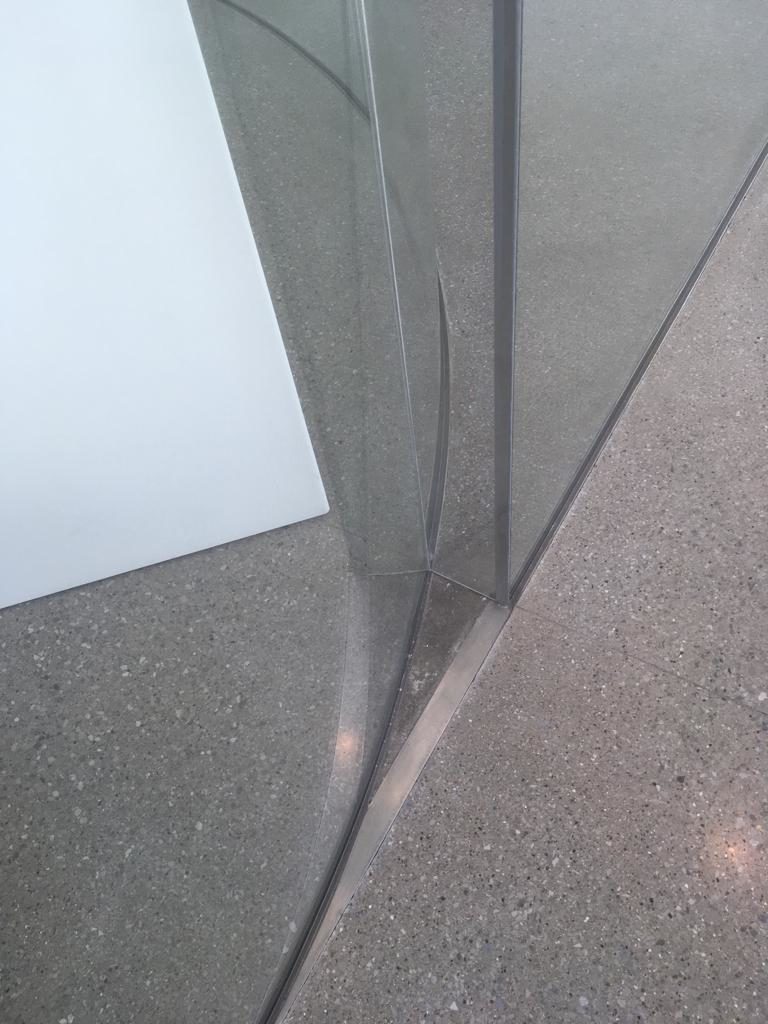
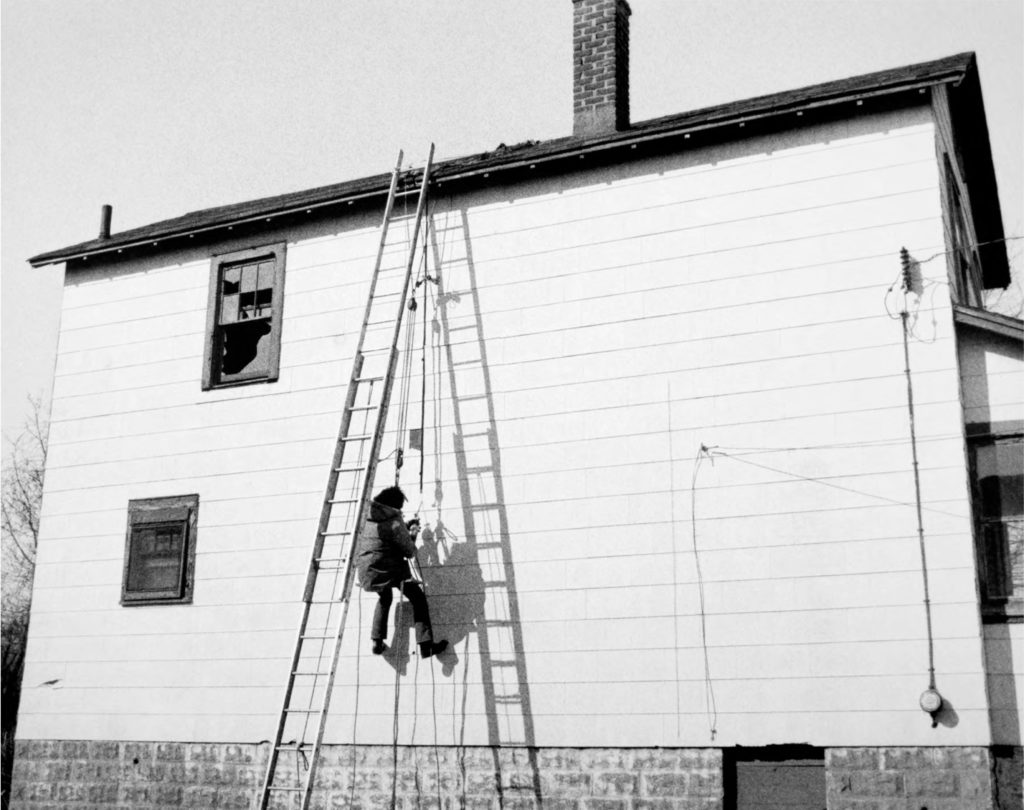
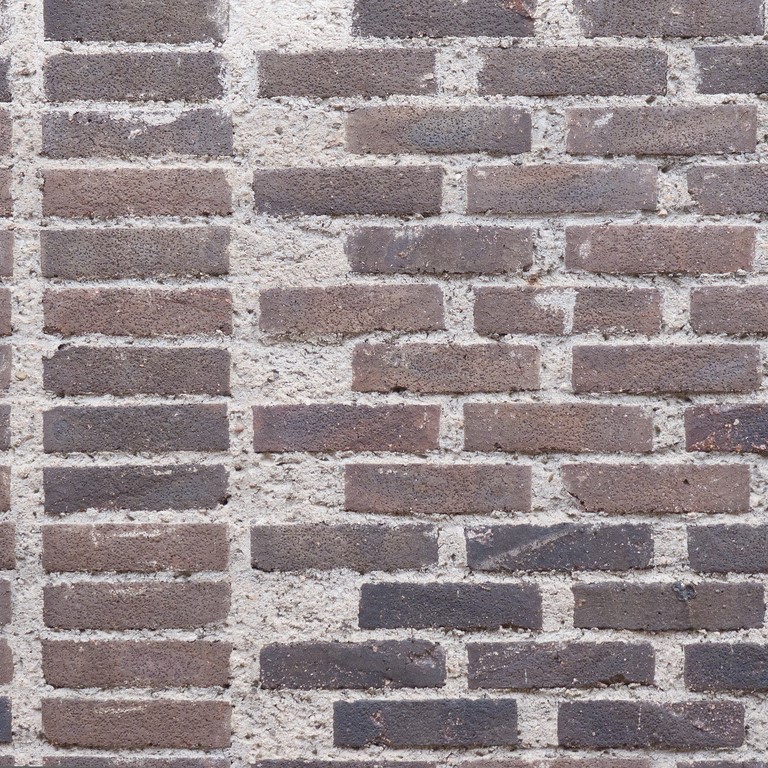
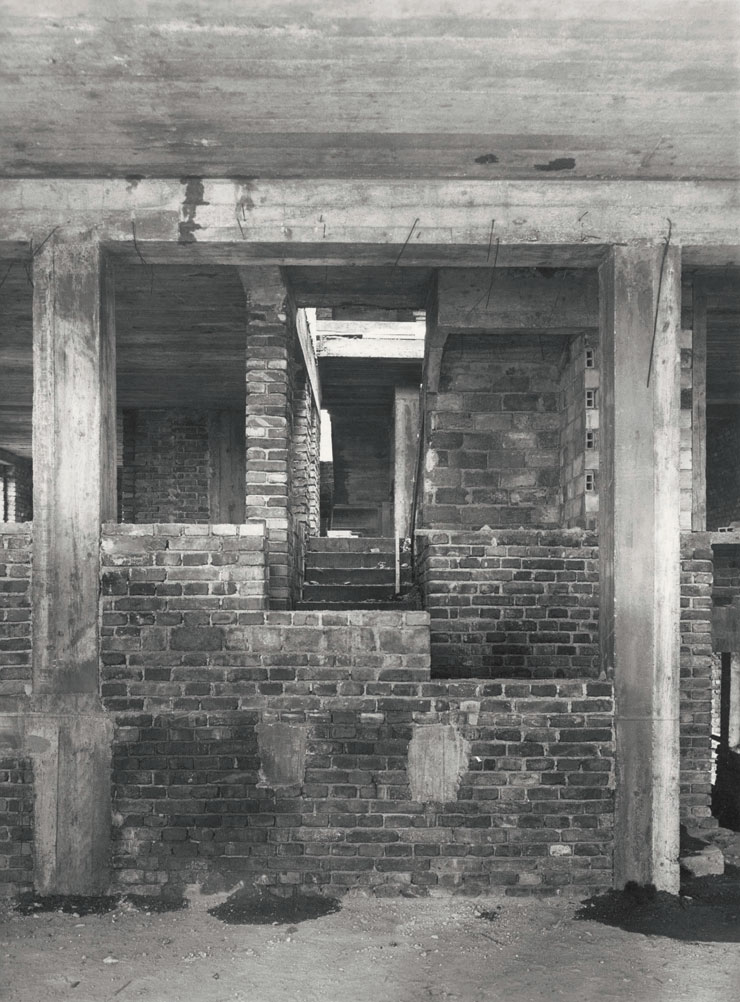


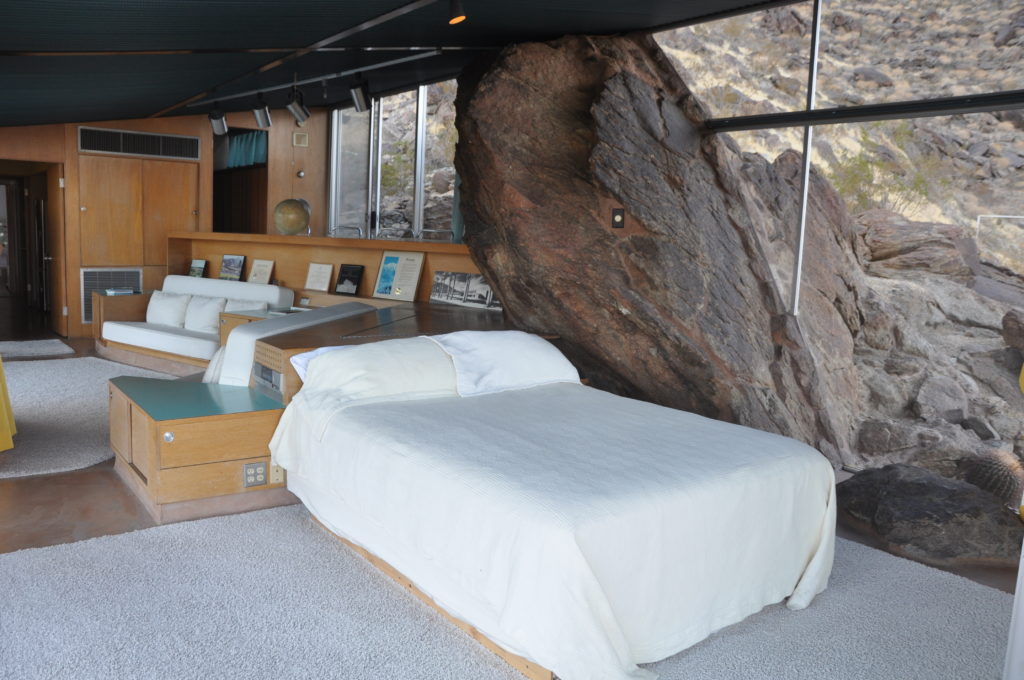
1964
